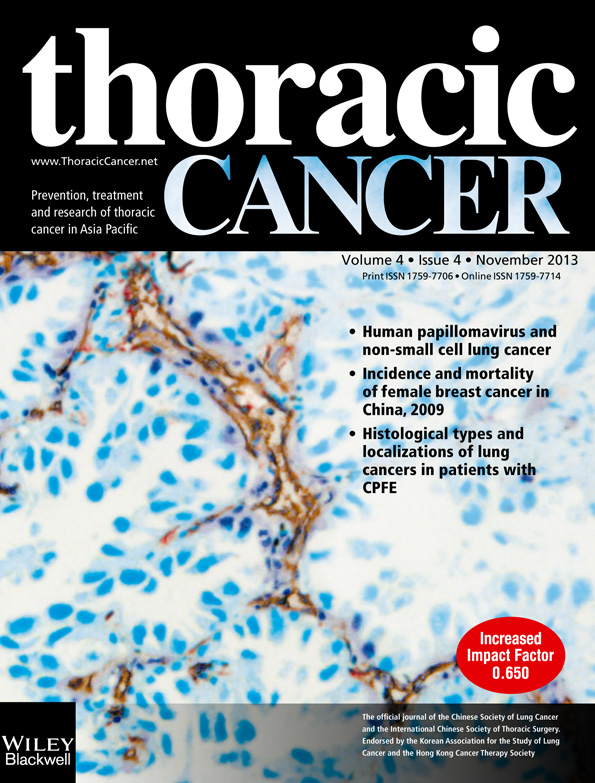Airway metastasis of small cell lung carcinoma: A rare presentation
Abstract
Airway metastasis from primary lung carcinoma is rare and typically associated with non-small cell histology. While small cell lung cancer is a particularly aggressive form of cancer, few cases of endotracheal or endobronchial metastasis have been reported. Airway involvement can go undetected because of the spread along the perilymphatic drainage system with mostly submucosal involvement causing significant airway compromise before onset of symptoms. We present a patient with recurrent small cell lung cancer, presenting with wheezing, cough, and dyspnea as a result of metastasis to the trachea and bilateral bronchi without significant mediastinal or hilar lymphadenopathy. We discuss the related literature, as well as the suspected pathophysiology causing this unique presentation.




